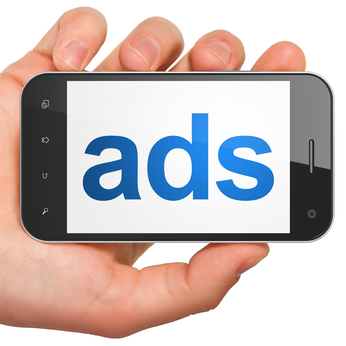
When it comes to ad buying, the latest trend is programmatic advertising. Media exchanges rave about it on their blogs, and every corporation seems to be swearing by it in light of consumer culture. As customers begin to show ever more reliance on their smartphones for all of their digital needs, businesses appear to be buying up as much programmatic as possible. According to two independent studies by ChoiceStream and the IAB, the opposite may actually be the case.
In a recent infographic published by ChoiceStream, the programmatic marketing watchdog revealed data that calls into question the real trends of this latest ad buying media. The digital marketing giant, the Interactive Advertising Bureau, also recently shared a study that reveals that many mobile marketers haven’t yet embraced the power of programmatic advertising.
By definition, programmatic advertising adjusts the rates of digital ad space based on the demand of certain software interfaces and algorithms. A successful bid by media buyers results in an advertisement placed in that digital space—an ad that is tailored to the type of consumer who is more likely to purchase the good or service. So why wouldn’t mobile marketers want to take advantage of this cutting-edge, highly effective form of advertising?
According to ChoiceStream’s infographic, the trends in programmatic ad pricing do not always reflect the actual purchasing trends. Programmatic pricing has tended toward below average pricing indices over the past two years: at first glance, this means that the prices of programmatic ads have become less expensive due to the high demand in ad buyership. But the infographic doesn’t reveal everything.
Bill Guild, a VP of marketing with ChoiceStream, revealed that overall prices have had an upward trend: “There are more bidders entering the marketplace, also more premium content being placed. More valuable content being put into the marketplace means prices go up.” In truth, the prices for these ads are increasing. This upward trend probably stems from a greater number of branding campaigns in the exchange.
Also, the pricing data doesn’t always explain why certain industries garner varying prices for their ad bids. For example, ads in the home and garden segment appear to swing from well above index to far below it in the infographic. In essence, as important as all of the pricing data is in determining the prices of programmatic ads, the price of digital ad space may not reflect the true “cost” of purchasing the space (i.e. in terms of ROI).
In a similar report, IAB discovered that many companies have been slow to warm up to programmatic advertising. Titled “Marketer Perceptions of Mobile Advertising,” the study revealed that, while many mobile marketers claimed that programmatic buying was essential, relatively few marketers are actually investing in programmatic advertisements – at least not to the scale that was predicted. The big news: Only 27% of marketers actually purchased mobile ads programmatically.
An analysis of the study by senior director of IAB, Joe Laszlo, offered that there aren’t many automated formats available to the ad buyer. Banner ads have overstayed their welcome in the marketing world, and the next generation of media buyers does not want to advertise their products in such a dull ad space. Once the marketplace makes more room for rich media and video ads, Laszlo believes the tides will shift toward more programmatic buying.
As with any new medium, it will take time for buyers to embrace programmatic advertisements. The value of programmatic data is clear, and it will be necessary to perfect the algorithms and metrics involved to make sure that ad buyers get what they pay for. And as these types of mobile ads prove their effectiveness with updated technology, you can bet that programmatic ad buying will increase heavily in years to come.